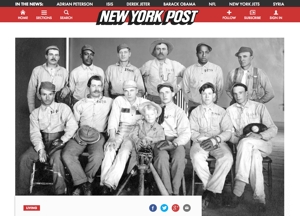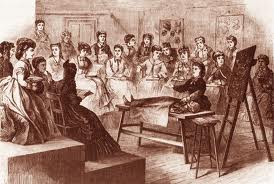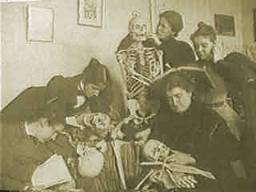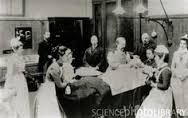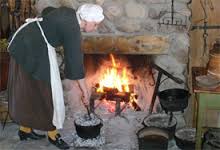Giveaway! Enter to win a copy of the New York Times Best-Selling book
The Doctor Wore Petticoats: Women Physicians of the Old West
Frantic pounding on the front door of Nellie Pooler Chapman’s home forced the petite woman out of a deep sleep, off of her bed, and onto her feet. She quickly lit a nearby candle, threw on her robe, and hurried to answer the desperate person knocking and calling out for help.
As soon as Nellie opened the door, a scruffy miner pushed his way inside. His left hand was holding his left cheek and tears were streaming down his face. “I’ve got to see the doc,” he pleaded. Nellie left the door standing open as she brushed her mussed hair from her face. “The doctor isn’t here,” she informed the man. “He’s in Nevada looking for silver.” The miner groaned in pain and cried even harder. “You’ve got to help me,” he insisted. “I’ve got a bad tooth and it’s killing me.” Nellie stared back wide-eyed at the suffering man. “I’m not a dentist,” she told him. “I don’t know how to removed a bad tooth.”
The man drew in a quick breath and winched. He was in agony. “You’ve watched him work, though,” he reminded her. “You know what to do. Please,” he begged. Nellie thought about it for a moment, then ushered the tormented patient into the dental office in the back of the house. “I’ll try,” she told him.
Nellie’s introduction into the field of dentistry was dramatic, but it suited her. She went on to become the first licensed dentist in the Old West.
To learn more about Nellie Pooler Chapman and other lady healers on the frontier read The Doctor Wore Petticoats: Women Physicians of the Old West.


